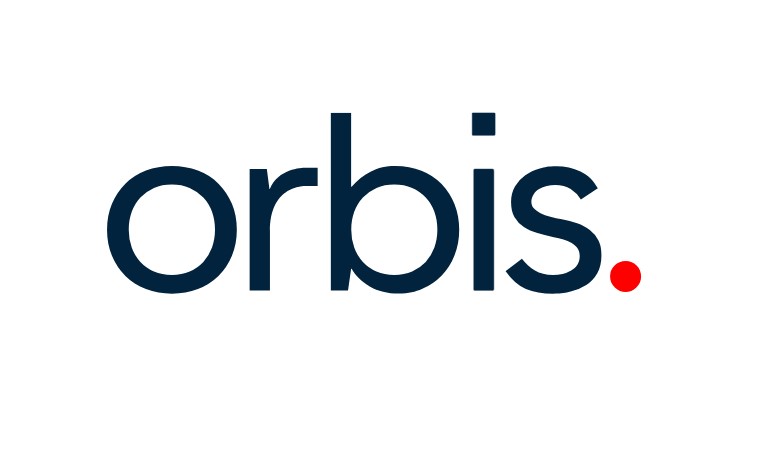Orbis Tells Us What We Need To Know About Void Properties...
What Are Void Properties?
The term “void properties” is commonly used in the construction industry, particularly by local councils, housing associations, and other public sector bodies. A void property typically refers to a house or flat owned by a public authority that is currently unoccupied.
Once the previous tenants move out, the property becomes classified as "void" - meaning it is empty and not in use. At that point, it becomes the responsibility of the owner, usually a local authority or housing association, to prepare and reassign the property to new occupants in need of housing.
Why Do Properties Become Void?
Properties can become void for a number of reasons. This term generally describes the time between one tenancy ending and the next beginning. Common reasons include:
- The end of a tenancy by the resident
- Death of a tenant with no remaining occupants
- Transfer of the tenant to alternative accommodation
- Eviction or abandonment
- Property deterioration requiring extensive refurbishment
- Demolition or regeneration schemes
What Happens When a Public Sector Organisation Has Void Properties?
When a property becomes void, the relevant public sector organisation, such as a local authority or housing association, must carry out a series of essential steps. These include organising inspections, completing health and safety checks, and arranging any necessary refurbishment works.
This process is critical, as many individuals and families are on waiting lists for suitable accommodation. Public bodies work diligently to bring these homes back into use as quickly and safely as possible.
Why Can’t Void Properties Be Used Immediately?
Before a void property can be reoccupied, it must undergo thorough health and safety inspections. In many cases, improvement works such as repairs, refurbishment, or redecoration are also necessary. These steps, while essential, can extend the time the property remains empty.
Additionally, local authorities and housing associations need to procure qualified, reliable contractors and suppliers to ensure all works are carried out to high, compliant standards.
What Are the Positive Implications of Void Properties?
Despite the challenges, void properties offer a significant opportunity. They allow public sector organisations to provide much-needed housing to individuals, families, or groups in need.
Moreover, preparing these properties for reoccupation creates opportunities for local contractors, small and medium-sized enterprises (SMEs), and suppliers. This activity supports job creation, skills development, and economic growth within the community.
How Are Void Properties Problematic?
Managing void properties is often challenging. Public sector organisations frequently face difficulties sourcing the right contractors and suppliers to carry out necessary works. While these works are pending, the properties generate no rental income - causing financial strain on already stretched budgets.
Compounding the issue are broader challenges like supply chain disruptions, material shortages, and limited availability of skilled labour. These delays are particularly troubling amid the ongoing UK housing crisis, where demand for social housing far exceeds supply.
The situation is further complicated by socio-economic factors such as the cost-of-living crisis, a shortage of skilled construction workers, and the need for green technology (e.g. solar panels, air source heat pumps). Many people who can no longer afford private rentals are left waiting for social housing while public sector organisations work to overcome these systemic obstacles.
What Is the Best Way to Manage Void Properties?
The South West Procurement Alliance (SWPA) offers practical, cost-effective solutions to help public sector bodies efficiently return void properties to use.
SWPA’s Refurbishment and Modernisation (RM3) Framework provides a streamlined procurement route for delivering high-quality refurbishment, improvement, and modernisation projects. This framework helps ensure that properties are well maintained and ready to improve the lives of future tenants.
The RM3 Framework gives access to a wide range of pre-approved, highly skilled, and compliant suppliers. Services available through the framework include:
- Kitchen and bathroom installations
- Electrical works
- Painting and decorating
- External and environmental works
- Multi-disciplinary projects
Multi-disciplinary works cover repairs to structural and building elements, internal and external redecoration, communal area improvements, and mould prevention and protection.
How Orbis Protect Can Help Manage Void Properties
Orbis has worked with the SWPA for more than 25+ years as a trusted partner to both public and private sector organisations throughout the South West region. Orbis offer a comprehensive range of property protection and management services designed to support the efficient turnaround of void properties. With over 40 years of experience, Orbis specialises in safeguarding vacant buildings, reducing the time properties remain unoccupied, and ensuring they are safe, secure, and ready for reoccupation.
For more information visit: – www.orbisprotect.com


